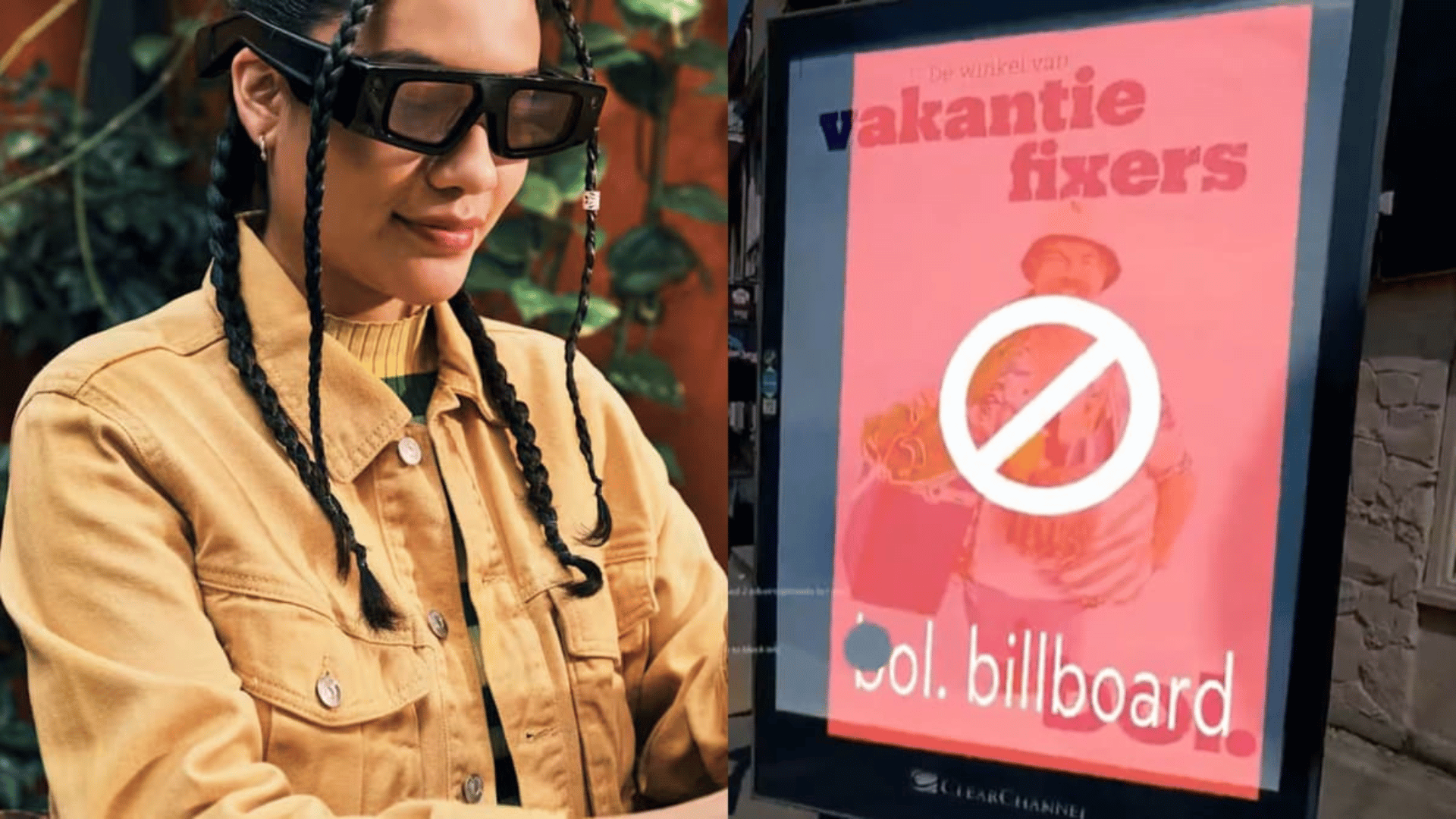A tire- specifically, a car tire- seems like a simple device at its core. It’s a wheel of vulcanized rubber designed to give the car traction and stability in all conditions. Something as basic as that can’t have a complicated production process, can it? Of course it can…simply because of the number of factors and elements that makes each brand of tire unique.

Parts
Car tires are made of four basic components: beads, the body, sidewalls, and the tread. Beads are small spokes of steel coated in rubber which hold the tire in place. The body, AKA the “meat” of the tire, is made from layers of fabric called “plies.” Each ply is coated in rubber to trap air inside and to help bond them to other parts. Sidewalls are the part of the tire facing outward, often containing manufacturer information or colors. Aside from looking cool, they also hold elements in place and add stability when moving side-to-side. Finally, a mixture of natural and synthetic rubber coats the outer edge of the tire, which is called the tread. These are the grooves and bumps that provide traction. Depending on the design of the treads, the tires are optimized for certain conditions. Racecar tires, for example, have very few grooves to prioritize speed.
Assembly
Now that we know what goes into a tire, how do we go about assembling it? First is crafting the rubber. As previously mentioned, the rubber used in tires is a mix of natural and synthetic components. Oil and other additives are also included in the mixture. This concoction is then stirred in a Banbury mixer until it has the consistency of gum. The mixture is then separated and sent to different machines for further fabrication. Lastly, a dedicated tire machine takes the components, assembles them in the proper order, and presses them together.
Well…not lastly. A tire straight from the machine is considered a “green” tire and lacks the distinctive grooves that make it suitable for vehicles. These green tires are placed inside a mold, where they are inflated. The mold is outfitted with the tread pattern inversed, meaning when the tire is pressed against it, the grooves are imprinted. This also serves a double purpose of filling the tire with air and giving it the proper air pressure. The tire is also heated during this step, upwards of 300 degrees Fahrenheit. The process of curing the rubber in this fashion is known as vulcanizing.

The final step is testing. The newly-inflated tire is allowed to cool and then it is inspected. Testing it can range from simply giving it a thorough visual inspection to actually putting it on a car and seeing how it runs. After all, even the slightest drop in air pressure could put the driver at risk, and no company wants that. If the tire passes inspection, it’s sent to retailers and sold to the consumer. Alternatively, they may be sent to car manufacturing plants to be put directly on new cars.
Building a car tire is a complicated and delicate process. If each piece isn’t secure, it could fall apart and cause damage to both the vehicle and (potentially) people in the car. This is on top of the damage to the road and other people driving. But when they’re assembled properly, tires work flawlessly and become what could be considered the most vital component of a car. If the tread is durable and the air pressure correct, all road conditions will be no match for the power of your car.
Alternatively, they’ll be ready for kids playing on a tire swing. Need to be pretty durable for something like that.
Want to learn more about tire innovations? Check out Tomorrow’s World Today Saturday, May 18 at 8am on Science Channel. Field Reporter Tamara Krinsky will visit Eastman to learn about vulcanization, which is changing the tire-making process.
Follow our World of Production, where big ideas bring big growth.








